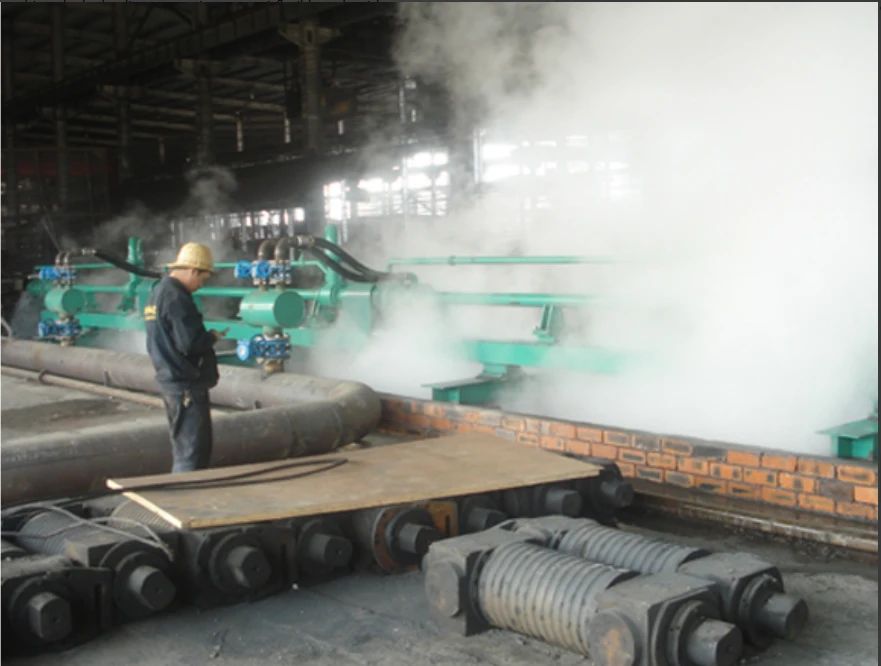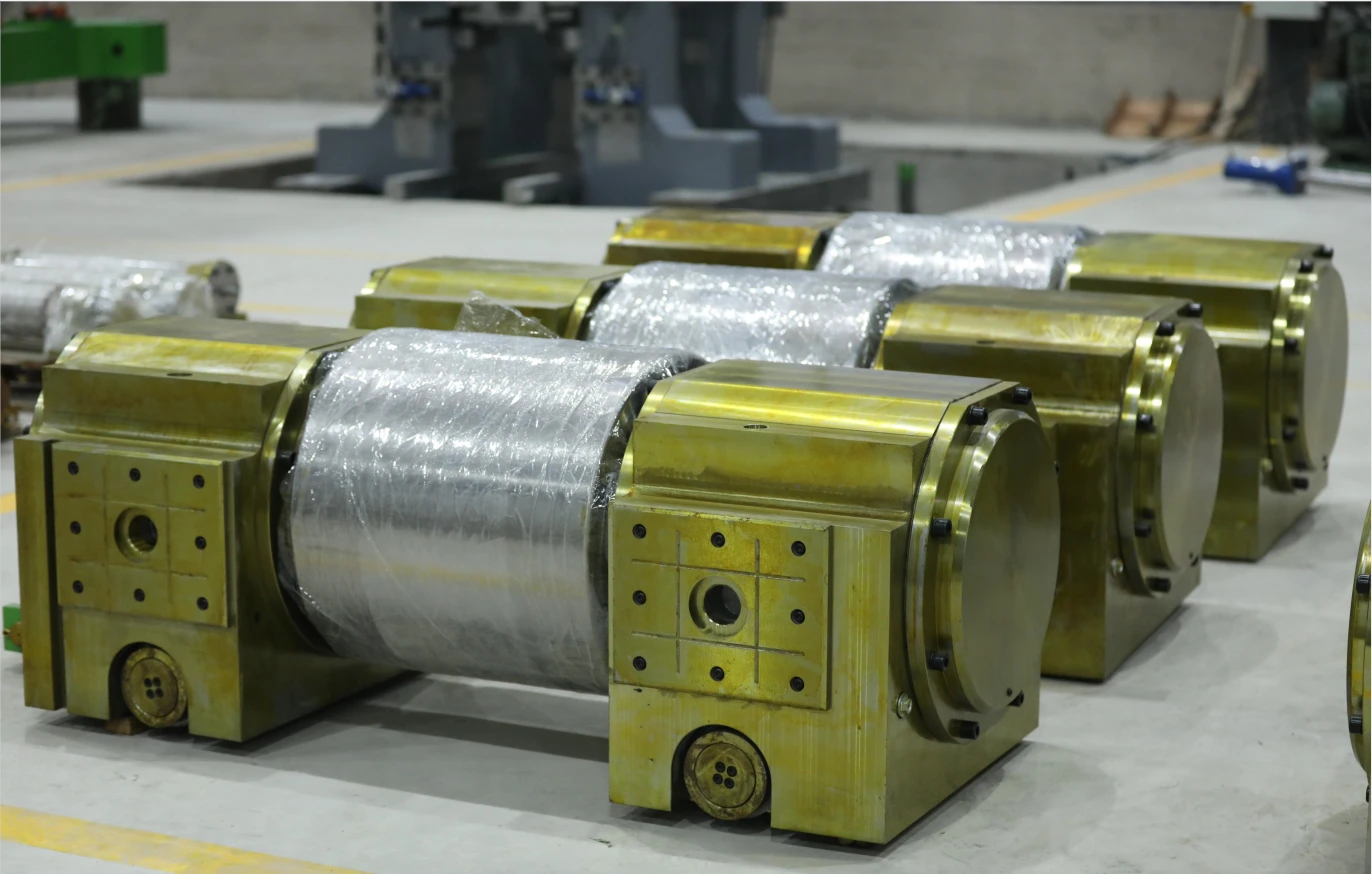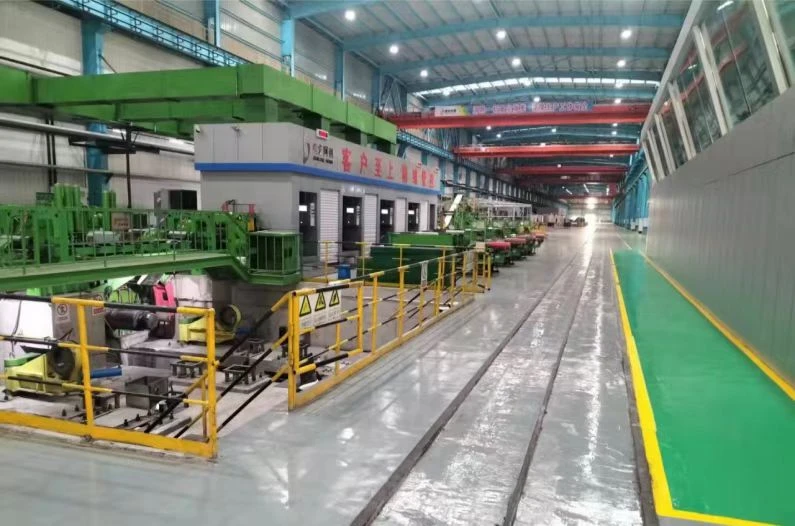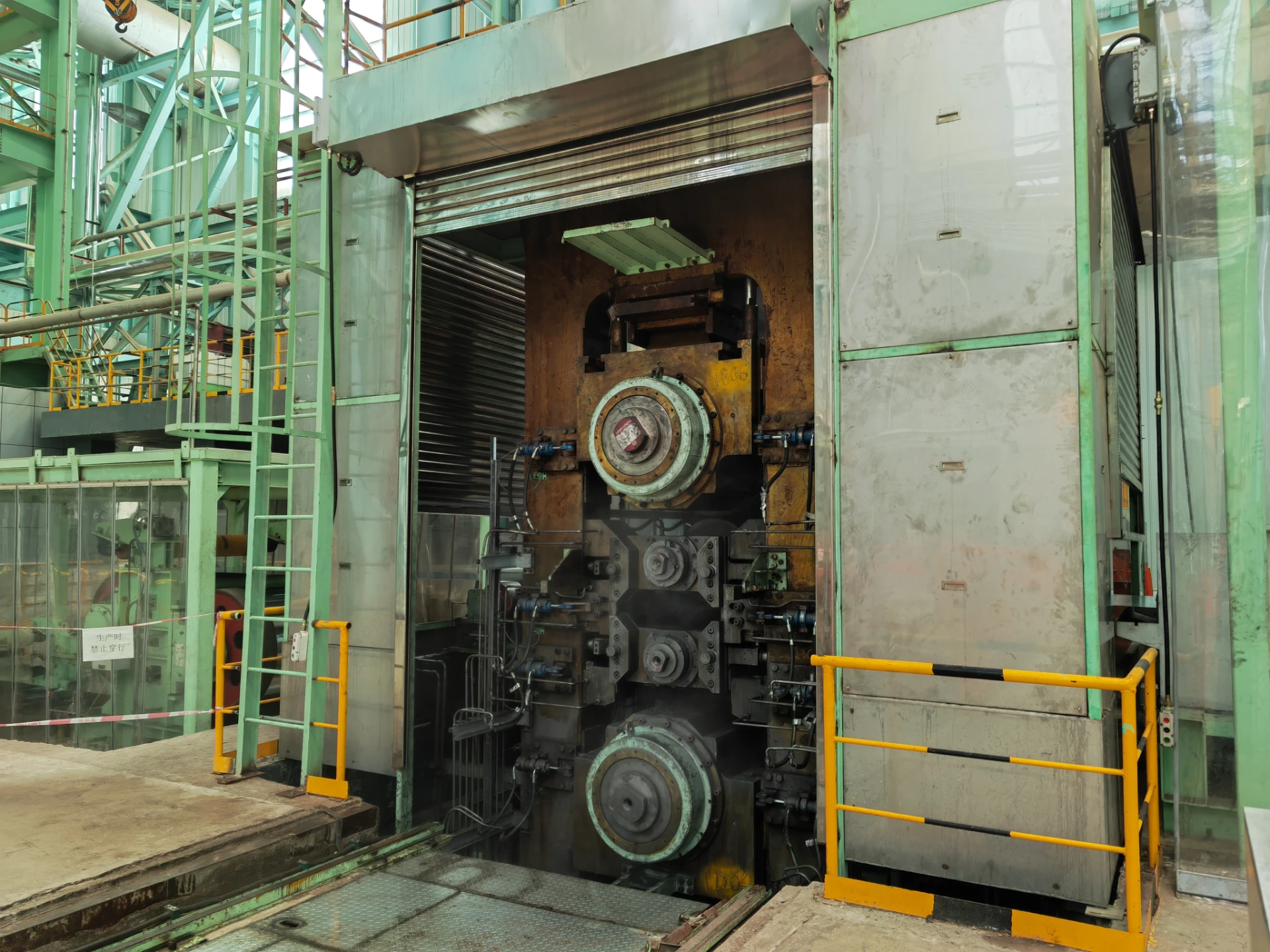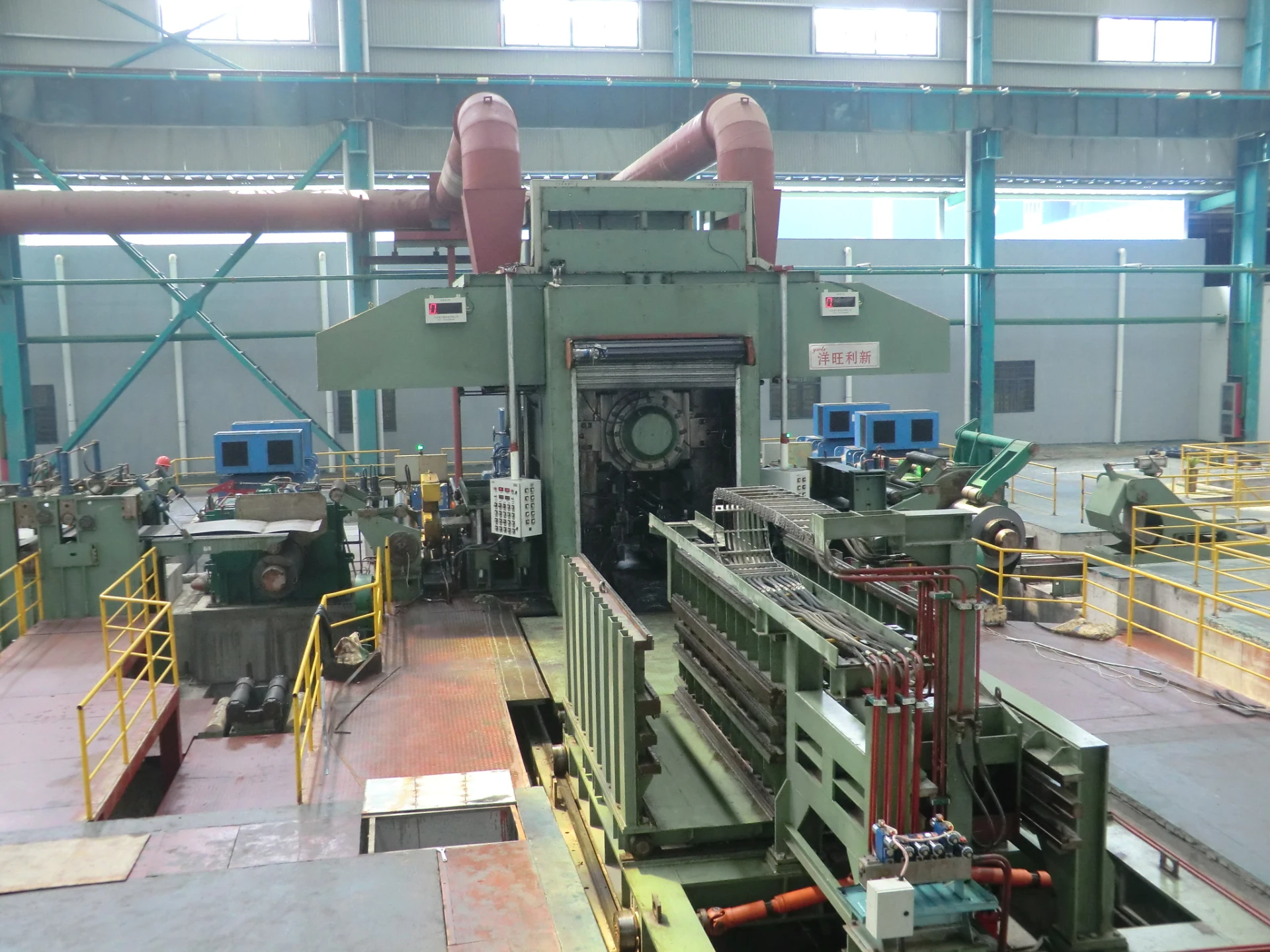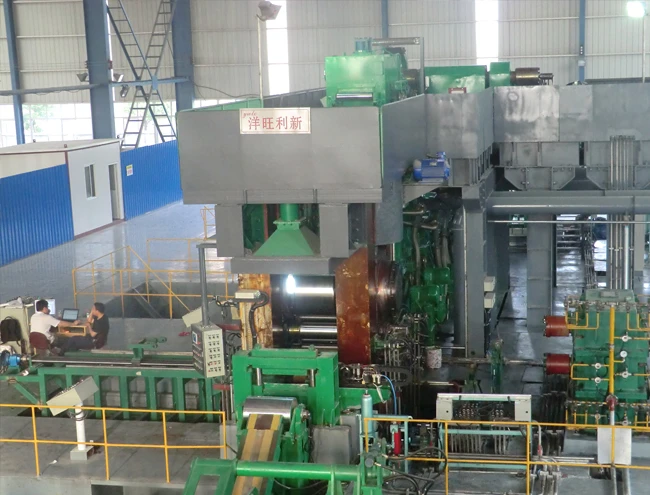
High-Quality Intermediate Roll (Промежуточный Валок) for Rolling Mills - Durable & Precision Engineered
- Introduction: Significance of the промежуточный валок
in modern industrial systems - Technical Features and Material Excellence
- Comparing Rolling Mill Rolls: Data-Driven Competitive Table
- Engineering Custom Intermediate Rolls for Strategic Applications
- Industrial Case Study: Enhancements Achieved With Custom Roll Solutions
- Broader Impacts and Sustainability Considerations
- Conclusion: The Evolving Role of промежуточный валок in Advanced Manufacturing

(промежуточный валок)
Introduction: The Role and Value of промежуточный валок in Industry
The промежуточный валок, or intermediate roll, represents a pivotal component in the roll stands of modern rolling mills, bridging the mechanical transfer between the рабочий валок (work roll) and опорный валок (backup roll). These assemblies are essential for the metallurgical industry, facilitating the accurate deformation and shaping of metals under precise conditions. In industrial environments requiring continuous, reliable operation, intermediate rolls govern both mechanical stability and surface quality. Over the last decade, as demand for high-strength steel and specialty alloys has intensified, the engineering and deployment of intermediate rolls have become a focal point for process improvement and cost efficiency worldwide. By scrutinizing technical features, performance data, customization opportunities, and application outcomes, manufacturers and end-users can optimize production lines and enhance competitiveness.
Technical Features and Material Excellence
Intermediate rolls are distinguished by their unique combination of dimensional accuracy, metallurgical integrity, and surface finish. Commonly forged from high-chromium steel or composite iron alloys, these components endure cyclical mechanical loads surpassing 1,200 MPa, and temperature extremes during hot and cold rolling. Advanced heat treatment protocols, including differential hardening and tempering, ensure that the working layer maintains a hardness of 72–80 HSD, while the core retains ductility for shock absorption.
To remain resilient against wear, fatigue, and spalling, market-leading manufacturers integrate microalloying technologies and surface coating techniques. Nanometric carbide dispersions have demonstrated abrasion resistance improvements of up to 40% over conventional roll compositions, according to field data from mills producing automotive-grade steel. Furthermore, precision in roundness and straightness (<0.01 mm deviation) minimizes operational runout and protects downstream components, contributing to both yield quality and overall line uptime.
Comparing Rolling Mill Rolls: Data-Driven Competitive Table
A critical evaluation of промежуточный валок, рабочий валок, and опорный валок reveals distinct roles and key performance metrics. Consider the summarized comparison in the table below:
| Characteristic | Intermediate Roll (промежуточный валок) |
Work Roll (рабочий валок) |
Backup Roll (опорный валок) |
|---|---|---|---|
| Typical Diameter (mm) | 400–800 | 250–500 | 600–1600 |
| Material Composition | High-chrome steel, composite iron | Alloy steel, HSS, cast iron | Induction hardened steel |
| Hardness (HSD) | 72–80 | 73–95 | 60–66 |
| Lifespan (average, hours) | 3,500–6,000 | 1,500–3,000 | 8,000–15,000 |
| Primary Function | Load distribution between work/backup rolls | Direct metal deformation/contact | Structural support; load absorption |
| Failure Mode (most common) | Spalling, thermal fatigue | Surface cracking, wear | Indentation, fracture |
| Surface Roughness (μm Ra) | 0.2–0.6 | 0.05–0.2 | 0.8–1.5 |
Notably, the intermediate roll's role as a mediator enables higher pass reductions and improved dimensional tolerances, translating to sustained productivity and minimized downtime—key performance indices in automotive, aerospace, and construction sectors.
Engineering Custom Intermediate Rolls for Strategic Applications
Modern production demands resolved by generic rolls have evolved; customized solutions now prevail. Design engineers and OEMs increasingly specify tailor-made dimensions, cores, and claddings for the промежуточный валок to match application profiles. Common customizations include variable-length rolls, specialized end-journal hardening, and surface texturing for optimized strip surface transfer.
One notable advancement is the integration of smart sensors within roll sleeves, monitoring temperature and vibration in real-time. These sensors feed data into predictive maintenance platforms—a critical move as over 73% of mills globally cite unscheduled downtime as a leading operational cost driver.
Additionally, simulation-driven fatigue testing and finite element analysis (FEA) into actual roll geometries have slashed development cycles by up to 55%, while reducing field failures. For specialty steel lines, tungsten carbide overlays or niobium microalloyed shells extend operating lifespans in corrosive settings or extreme hot rolling temperatures above 900°C.
Industrial Case Study: Enhancements Achieved With Custom Roll Solutions
An illustrative case from a European flat steel producer underscores the advantages of bespoke intermediate roll engineering. The facility experienced frequent defects and limited throughput on their high-strength automotive steel line. After partnering with a tier-one roll provider, the mill adopted a custom промежуточный валок assembly incorporating an advanced high-speed steel cladding, adaptive internal cooling passages, and embedded thermal sensors.
The outcome: surface defects on the finished strip decreased by 68%, and roll changeovers required 44% less time over a six-month observation. Productivity increased from 850,000 to 1,020,000 tons annually—yielding estimated savings of €1.35 million. Reliability metrics recorded a Mean Time Between Failures (MTBF) increase from 2,100 hours to 4,000 hours—a 90% improvement.
Through precise load analytics and layered metallurgy, the roll solution not only solved legacy process limitations but also recalibrated operational benchmarks industry-wide.
Broader Impacts and Sustainability Considerations
Beyond technical merit, the evolution of intermediate roll technology contributes to broader industry and environmental objectives. Energy-efficient production—achieved by minimizing reversal cycles and optimizing roll-pass schedules—translates to cumulative energy savings of up to 12% per ton of finished steel. Moreover, the use of recyclable materials for roll fabrication and the adoption of modular sleeve technologies facilitate end-of-life disassembly, supporting circular economy models.
Reducing the frequency of component replacements not only lowers material wastage, but also reduces logistical costs and the carbon footprint associated with global roll transportation. According to a 2022 global steel industry report, high-performance rolls contribute indirectly to a 6–8% reduction in aggregate Scope 2 & 3 emissions for major integrated mill operators.
Organizational commitment to responsible sourcing of alloying elements and the implementation of low-impact manufacturing processes will further refine the sustainability credentials of rolling mill rolls in alignment with international ESG standards.
Conclusion: The Evolving Role of промежуточный валок in Advanced Manufacturing
In summary, the strategic significance of the промежуточный валок is irrefutable within advanced manufacturing chains, with continual advancements shaping its durability, flexibility, and cost-performance parity. Industry leaders who prioritize data-driven engineering, customization, and sustainability will unlock significant operational gains, derived not only from immediate production metrics but from long-term competitive differentiation. As global markets demand precision, efficiency, and environmental accountability, the intermediate roll emerges as a vital fulcrum in the digitalized, high-performing steel ecosystem—setting new standards for the future of rolling mill components.

(промежуточный валок)
FAQS on промежуточный валок
Q: What is a промежуточный валок (intermediate roll) in rolling mills?
A: A промежуточный валок, or intermediate roll, is a component placed between the рабочий валок (work roll) and опорный валок (backup roll) in multi-roll mills. It helps distribute pressure and improve product accuracy. Intermediate rolls also enhance the life of work rolls.Q: How does a промежуточный валок differ from a рабочий валок (work roll)?
A: The промежуточный валок transfers force from the backup roll to the work roll. The рабочий валок directly contacts and shapes the metal being rolled. Intermediate rolls primarily serve as pressure distributors, not as the main shaping rolls.Q: What is the main function of an опорный валок (backup roll) in combination with промежуточный валок?
A: The опорный валок supports and stabilizes the промежуточный валок and рабочий валок during rolling. It prevents roll bending and deformation. Together, these rolls ensure product uniformity and mill efficiency.Q: In what types of rolling mills are промежуточный валок most commonly used?
A: Промежуточный валок are mainly used in four-high and six-high rolling mills. These mills require additional rolls for better thickness control. The intermediate rolls improve surface finish and dimensional accuracy.Q: Why is coordination between рабочий валок, промежуточный валок, and опорный валок important?
A: Proper coordination ensures uniform pressure distribution and minimal roll wear. This leads to improved product quality and lower maintenance costs. The combination enables higher productivity in modern rolling mills.-
Indian Clients Visit YWLX to Inspect Skin-pass MillNewsJun.22,2025
-
Typical Products from Reversing Cold Rolling ProcessNewsMay.26,2025
-
Surface Finish Improvement through Skin Pass RollingNewsMay.26,2025
-
Integration of AGC Systems in Modern Cold Rolling MillsNewsMay.26,2025
-
Cold Rolling in the Context of High-Strength Steel DemandNewsMay.26,2025
-
AGC in Hot Rolling Mills: Challenges and SolutionsNewsMay.26,2025
-
Why Reversing Cold Rolling Mills Are Ideal for Specialty MetalsNewsMay.13,2025



